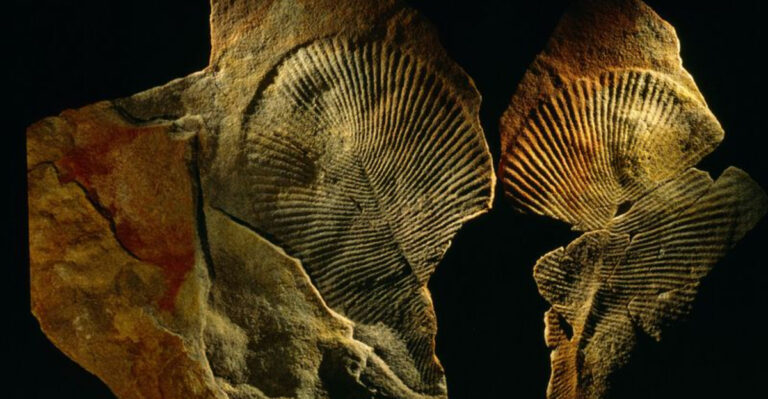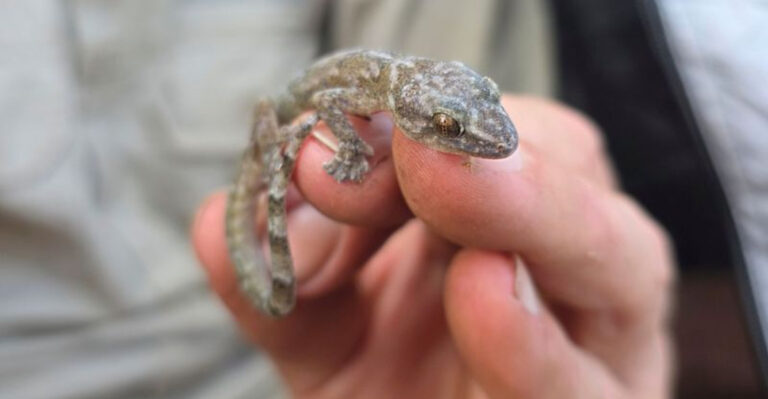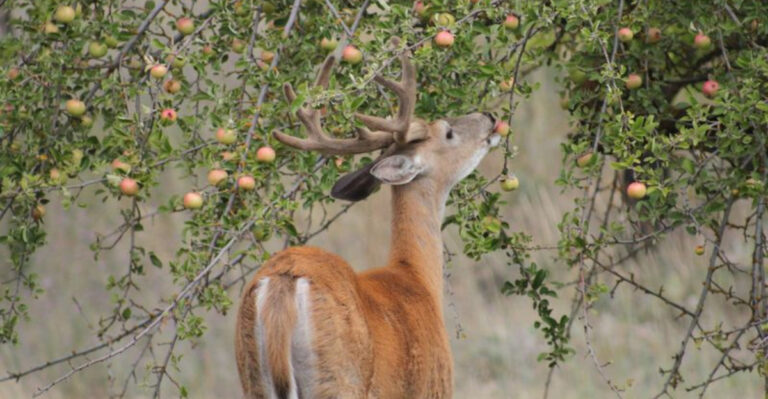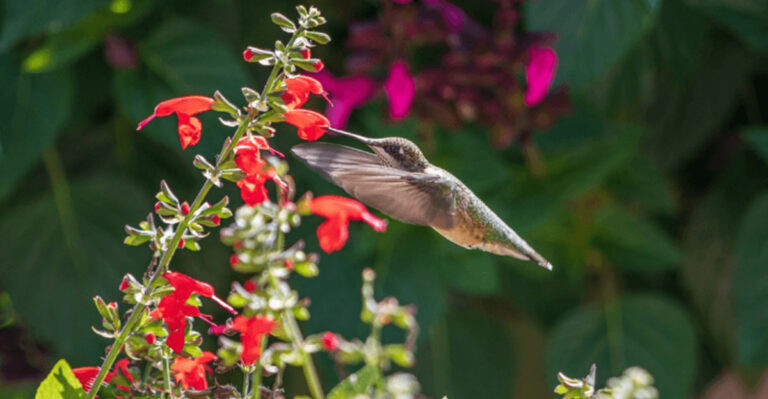13 Of The World’s Rarest Birds (And The Remote Places They Call Home)
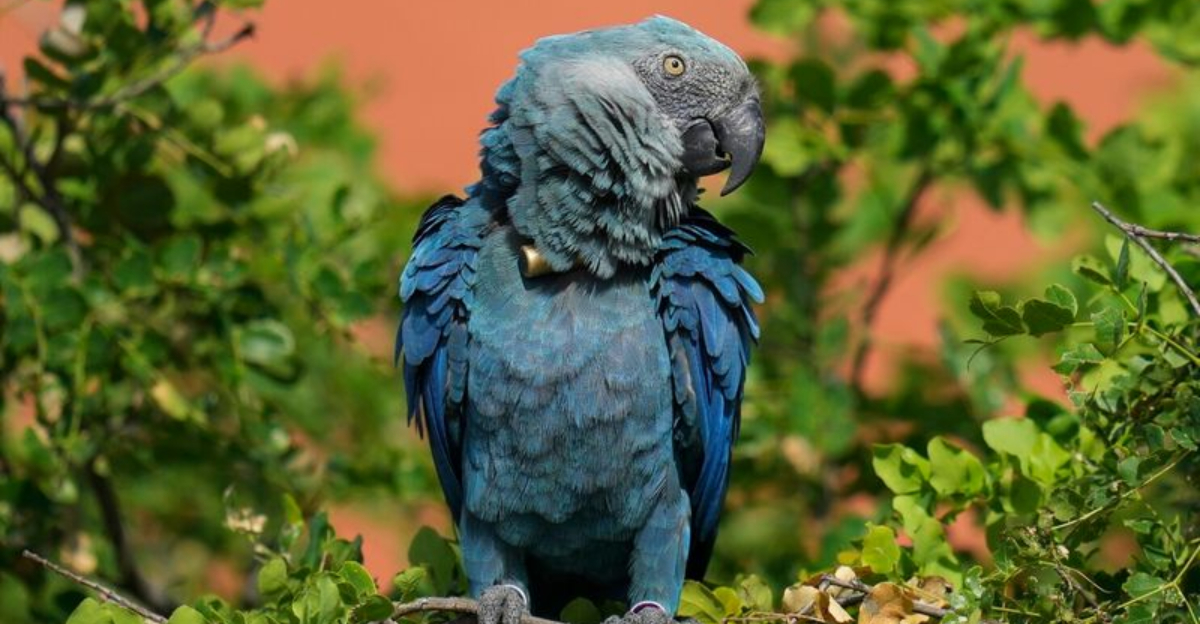
Our planet hosts thousands of bird species, but some are so scarce that spotting them feels like finding treasure.
These feathered rarities cling to existence in isolated corners of the world, often with just a few dozen individuals remaining.
From mysterious island dwellers to elusive mountain inhabitants, these birds represent nature’s most precious gems – and remind us why conservation efforts matter so urgently.
1. Kākāpō: New Zealand’s Flightless Parrot
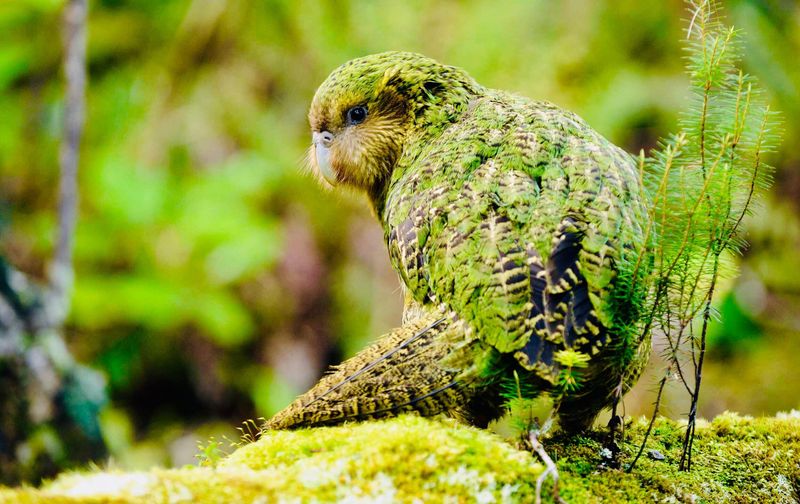
Imagine a chubby, moss-green parrot that can’t fly but can climb trees and smells like honey. That’s the kākāpō, the world’s only nocturnal and flightless parrot, now confined to predator-free islands off New Zealand’s coast.
With fewer than 250 individuals alive today, each bird has a name and receives individual monitoring. Their slow breeding rate – females might nest only once every 2-4 years – makes recovery particularly challenging.
2. Philippine Eagle: King Of The Rainforest Canopy
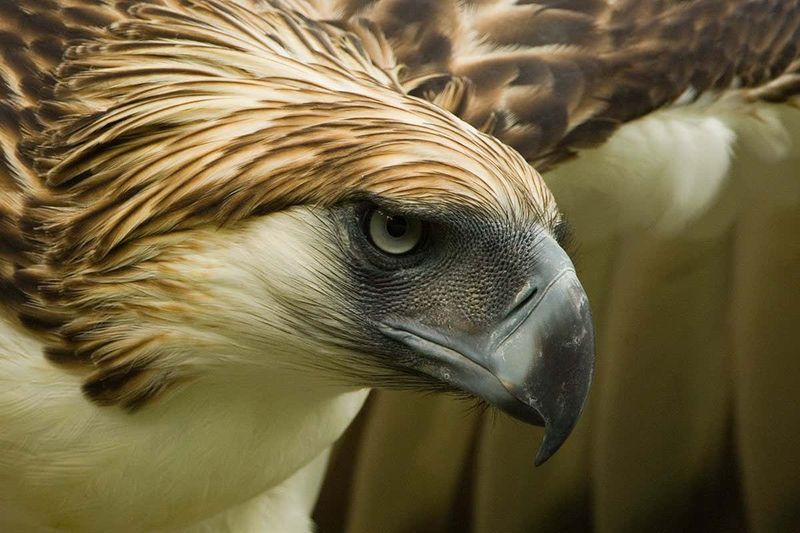
Standing nearly 3 feet tall with a 7-foot wingspan, this magnificent raptor rules the treetops of dwindling Philippine rainforests. Local tribes consider it a sacred spirit of the forest, yet fewer than 400 pairs remain across just four islands.
Each breeding pair needs up to 25 square miles of undisturbed forest to hunt monkeys, flying lemurs, and other prey. Deforestation continues to shrink their already limited habitat, pushing these majestic birds closer to extinction.
3. Madagascar Pochard: The Duck That Cheated Extinction
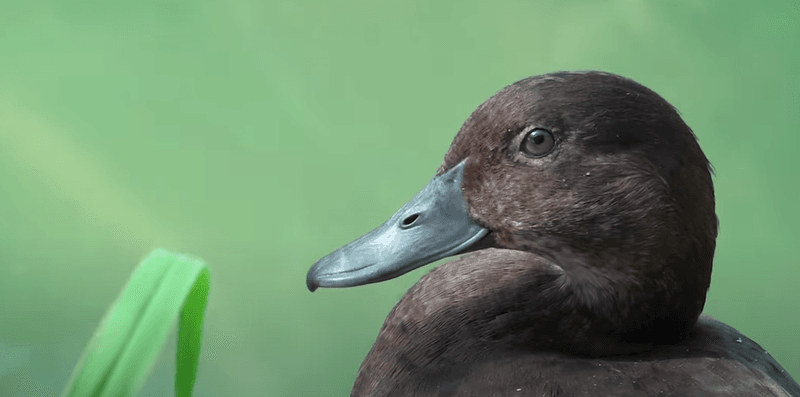
Once thought extinct, this unassuming brown diving duck was rediscovered in 2006 when scientists found just 22 birds on a remote volcanic lake in northern Madagascar.
Their original wetland homes had been destroyed by rice farming, pollution, and introduced fish. Conservation efforts have since boosted numbers to about 100 birds. A captive breeding program successfully released pochards to a specially restored lake in 2018, offering hope for this critically endangered waterfowl.
4. Bahama Nuthatch: The Island Enigma
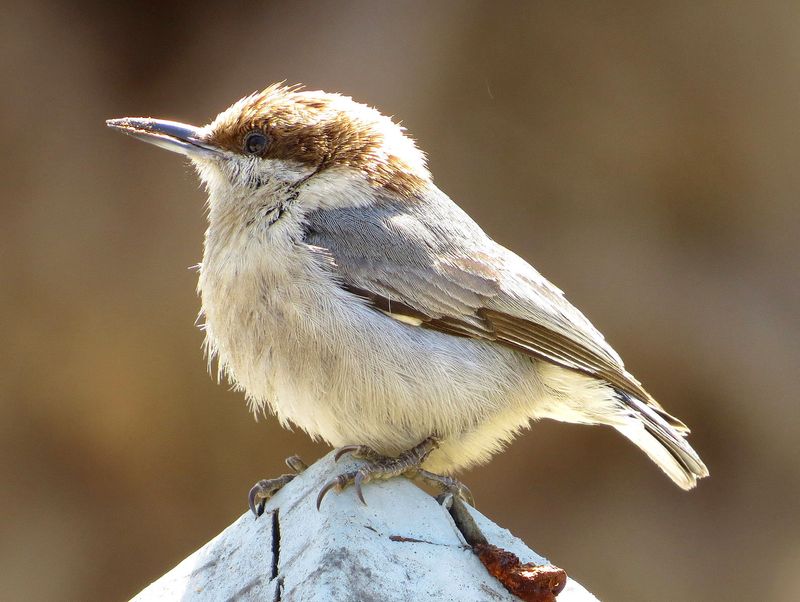
This tiny, tree-climbing bird might already be gone forever. Limited to pine forests on Grand Bahama Island, the last confirmed sightings came just before Hurricane Dorian devastated the island in 2019.
Before the hurricane, researchers estimated fewer than five individuals remained. The bird’s specialized habitat requirements – mature Caribbean pine forests – had already been severely reduced by logging, development, and previous storms. Scientists still hold out hope that a few birds might have survived.
5. California Condor: America’s Largest Flying Bird
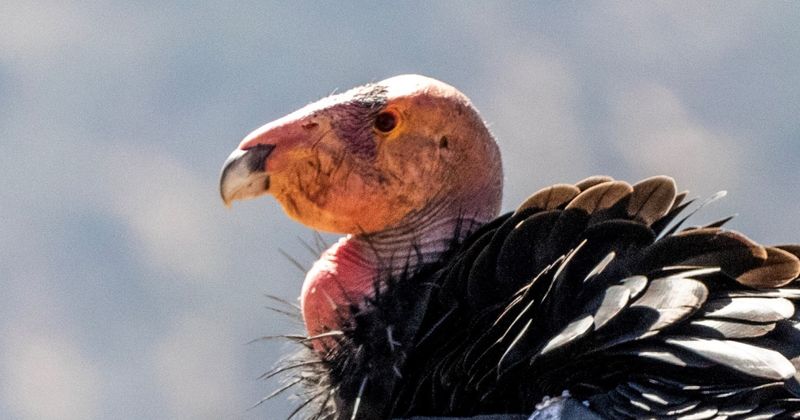
With a wingspan approaching 10 feet, these prehistoric-looking vultures once soared above much of North America. By 1987, habitat loss, poaching and lead poisoning had reduced their population to just 22 birds, all in captivity.
Today, thanks to intensive conservation efforts, about 500 condors exist, with half flying free in California, Arizona, Utah, and Baja Mexico. Despite this success, lead poisoning from ammunition in carcasses they scavenge remains their greatest threat.
6. Spix’s Macaw: The Ghost Of Brazilian Forests

Officially extinct in the wild since 2019, this brilliant blue parrot now exists only in captivity. The last wild Spix’s Macaw vanished from its native dry forests in northeastern Brazil after decades of habitat destruction and wildlife trafficking.
A small breeding population of about 160 birds remains in conservation facilities worldwide. Scientists hope to eventually reintroduce these stunning creatures to protected areas of their former range.
7. Cebu Flowerpecker: The Colorful Forest Jewel
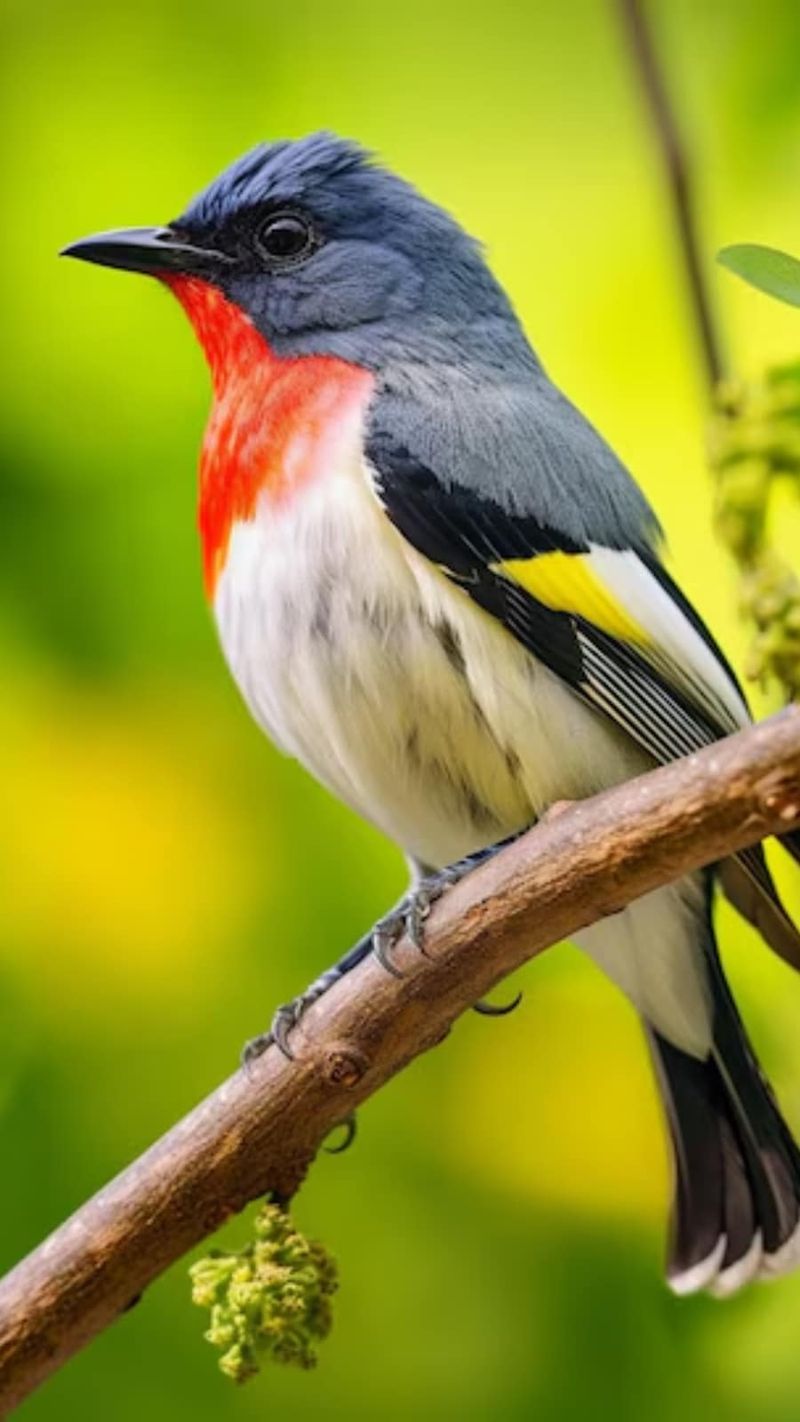
For decades, this small, multi-colored bird was presumed extinct as its Philippine island home lost 99% of its native forests. Then in 1992, birdwatchers spotted a few individuals in a tiny 10-acre forest fragment on Cebu Island.
Today, fewer than 100 of these birds survive in scattered forest patches. Males display striking black, white, red and yellow plumage, while females wear more subdued colors. Their continued existence highlights the value of even the smallest protected forest areas.
8. New Zealand Storm Petrel: The Seabird That Returned
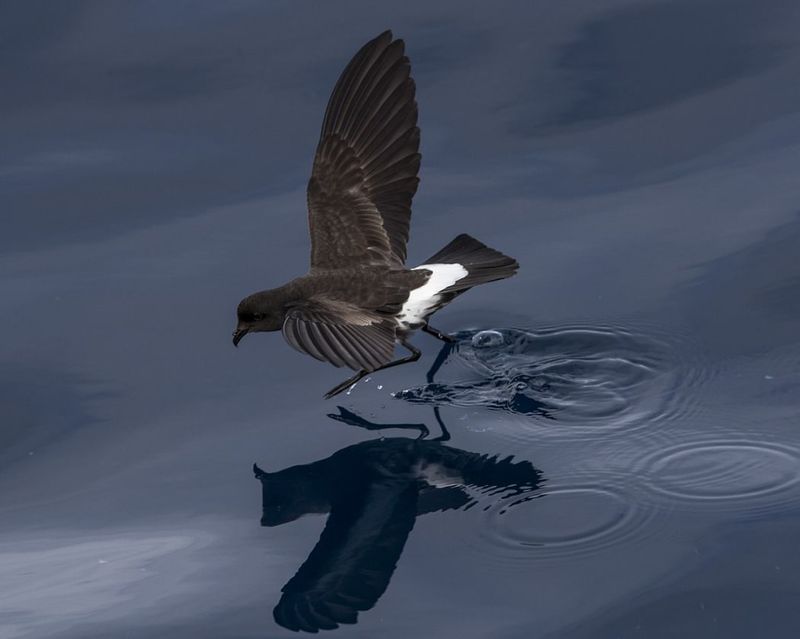
Scientists thought this small seabird had vanished in the 1800s until its shocking rediscovery in 2003, when birders photographed several birds near New Zealand’s Little Barrier Island. The black and white petrels spend most of their lives at sea, coming ashore only to breed.
In 2013, researchers finally located their breeding grounds on Little Barrier Island. With an estimated population under 250 mature individuals, these petrels remain vulnerable to introduced predators and habitat degradation on their remote island home.
9. Antioquia Brushfinch: Colombia’s Recent Discovery
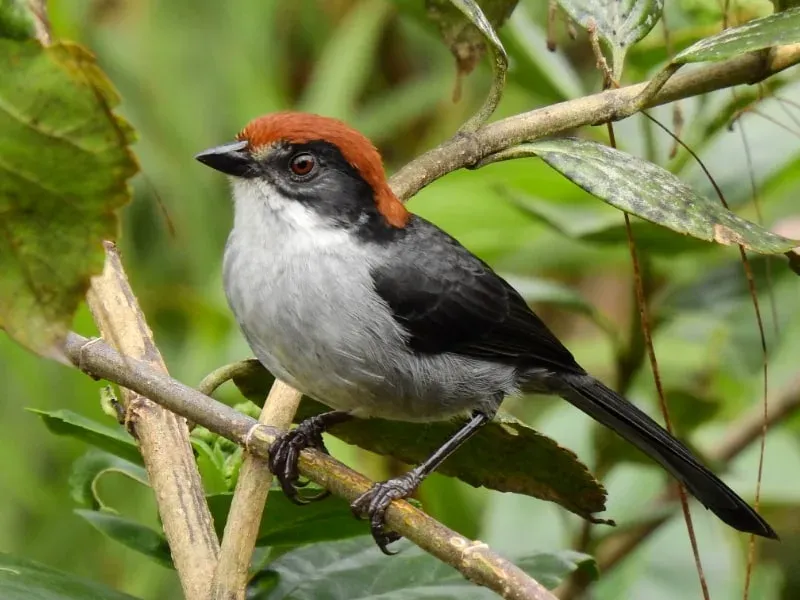
Sometimes new birds aren’t new to science – they’re just incredibly hard to find. This striking black, white and yellow brushfinch was only discovered in 2018 in the mountainous Antioquia region of Colombia, despite its bright colors.
Scientists estimate fewer than 20 individuals might exist, restricted to just a few square miles of cloud forest habitat. The area faces pressure from agriculture and development. This bird’s discovery reminds us that even today, our planet still holds avian secrets waiting to be found.
10. Alagoas Curassow: Brazil’s Forest Floor Giant
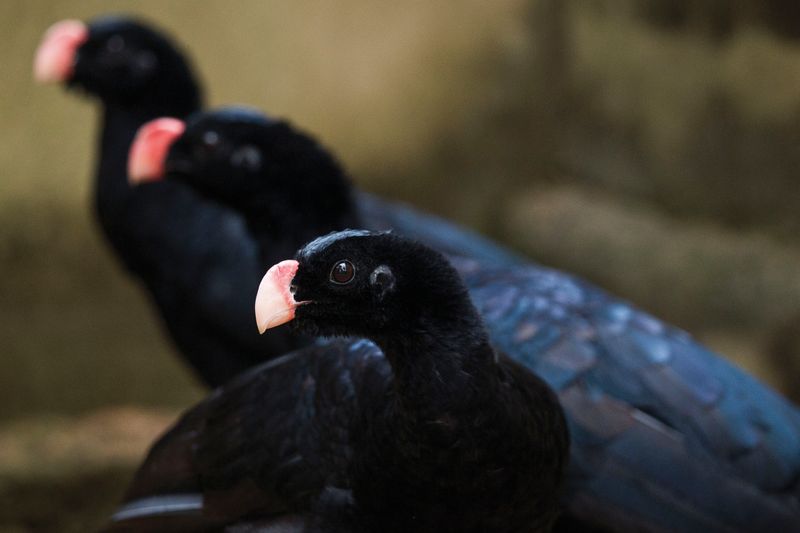
This glossy black gamebird with a curled crest and bright red bill once strutted through Atlantic forests of northeastern Brazil. Hunting and forest clearing drove it to extinction in the wild by the late 1980s.
About 130 birds survive in captivity today. The species symbolizes Brazil’s devastated Atlantic Forest, which has lost over 85% of its original coverage. Conservation groups hope to eventually reintroduce these turkey-sized birds to protected forest fragments if habitat can be secured.
11. Madagascar Serpent Eagle: The Mysterious Raptor
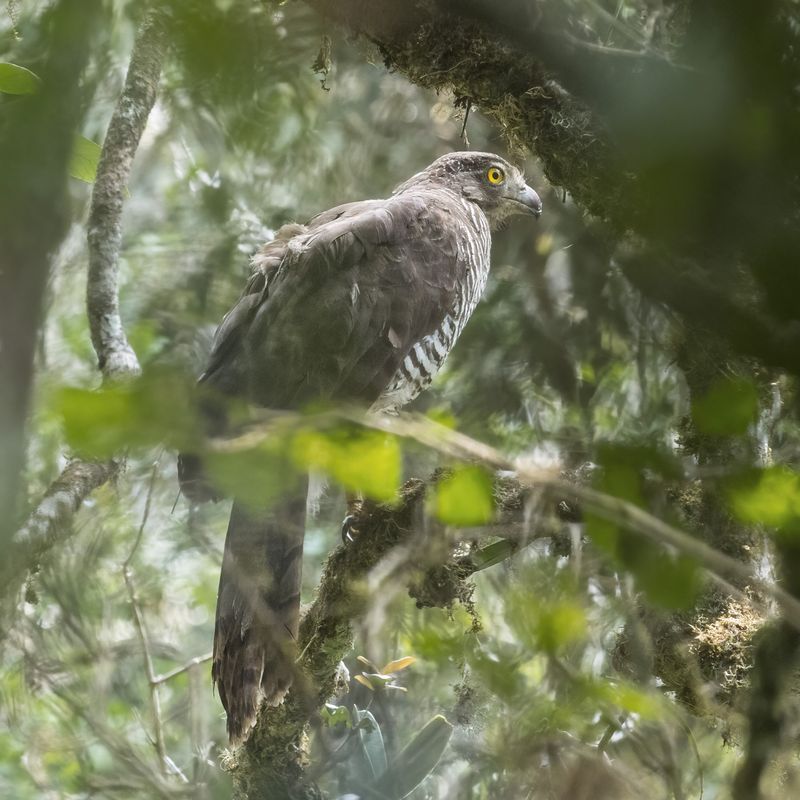
So rarely seen that scientists know almost nothing about its behavior, this medium-sized eagle inhabits dense rainforests in eastern Madagascar. Since its discovery in 1875, fewer than 20 confirmed sightings have been recorded. Researchers estimate fewer than 250 mature individuals remain.
The eagle specializes in hunting reptiles, as its name suggests. Continued deforestation of Madagascar’s eastern rainforests threatens what little habitat remains for this enigmatic bird of prey.
12. Chinese Crested Tern: Asia’s Rarest Seabird

Once believed extinct, this elegant white seabird with a black-crested head was rediscovered in 2000 on the east coast of China. Summer typhoons, egg collection, and coastal development had pushed it to the brink of disappearance.
Today, fewer than 100 birds breed on just a handful of remote islands in the East China Sea. Conservation efforts include establishing protected nesting colonies and working with local fishing communities to reduce disturbance during their brief breeding season.
13. Stresemann’s Bristlefront: Brazil’s Ground-Dwelling Mystery
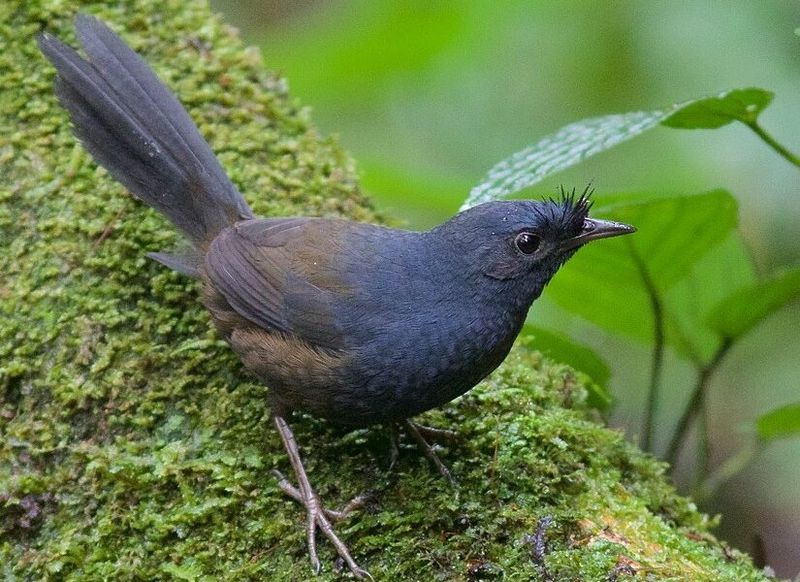
With possibly fewer than five individuals remaining, this long-tailed brown bird from Brazil’s Bahia region may be Earth’s rarest bird. Its distinctive feature is a brush of bristly feathers on its forehead, which it uses while foraging on the forest floor.
The bristlefront needs specialized tunnel nests in soft dirt banks within a specific type of forest habitat. Only a single small protected area of suitable habitat remains. Recent surveys have failed to locate any individuals, raising fears it may already be extinct.



